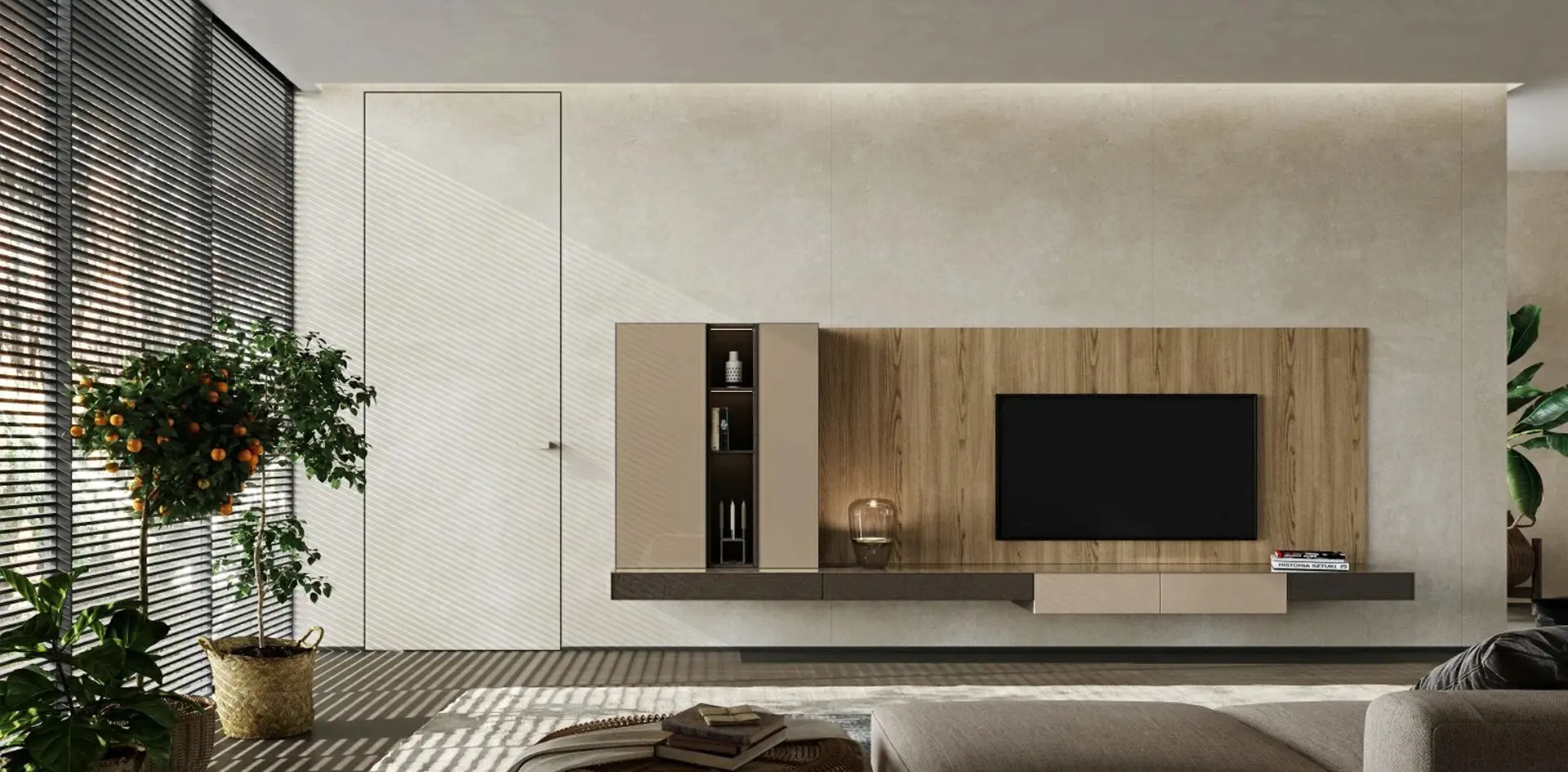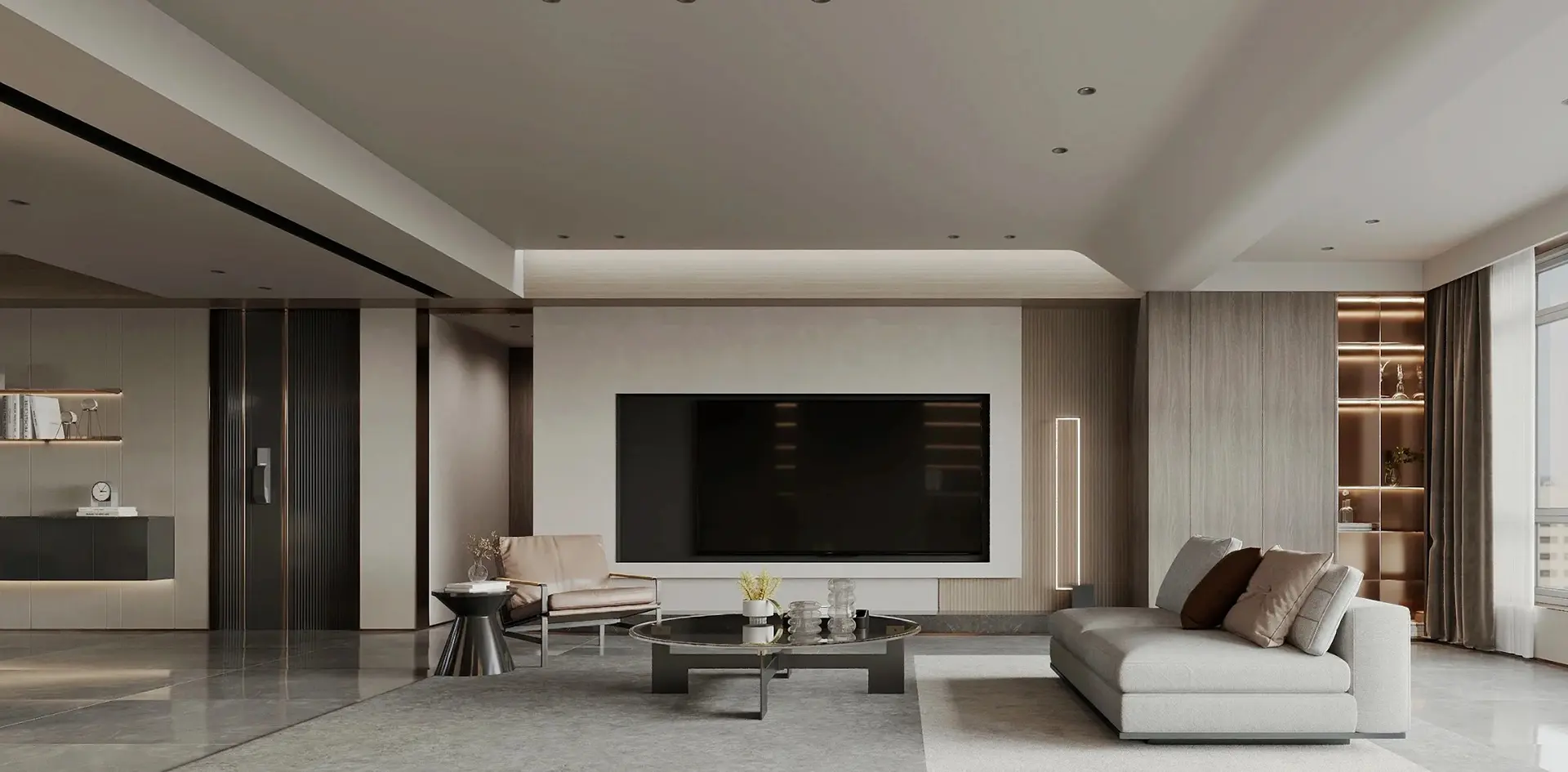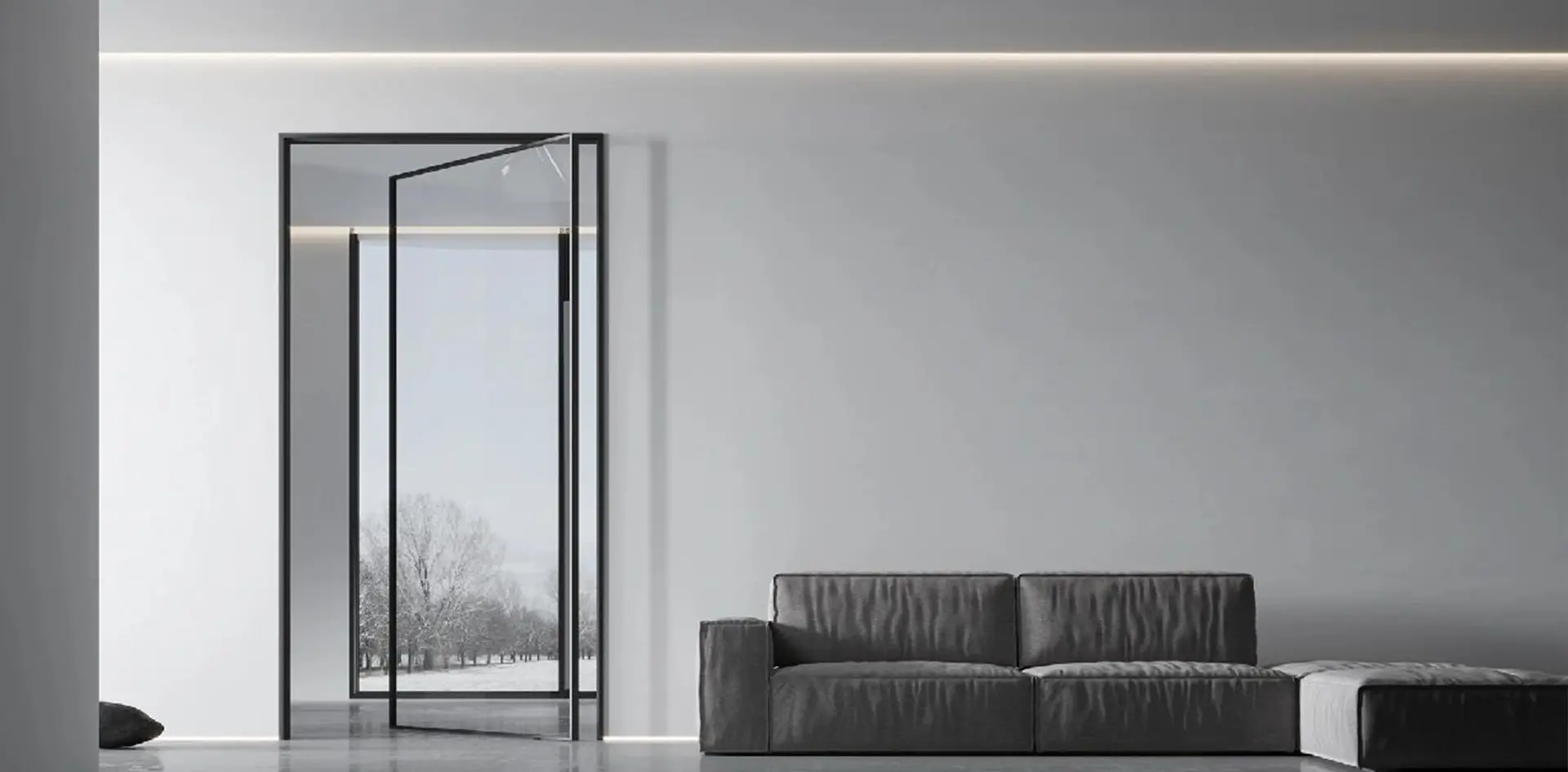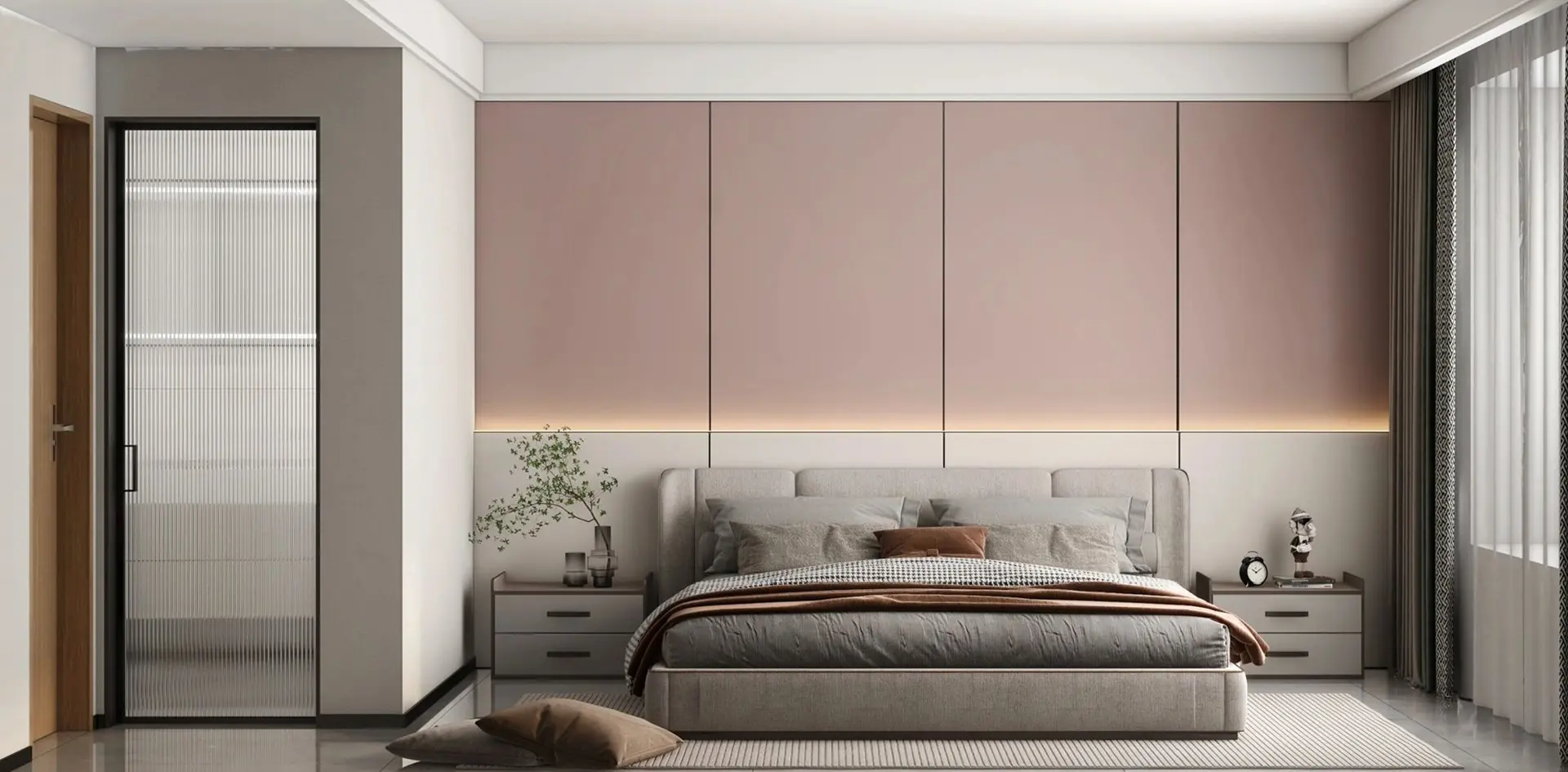
Ultimate Guide to Choosing the Best Double Door Front Door for Your Home
Choosing the right entryway for your home can significantly impact both its aesthetic appeal and energy efficiency. According to the National Association of Realtors, homes with upgraded entrance doors can yield a return on investment of up to 75%, making the selection of a high-quality Double Door Front Door an essential decision for homeowners. In addition to enhancing curb appeal, double doors provide an impressive invitation and can contribute to improved airflow and light, creating a welcoming atmosphere. With various materials, styles, and designs available on the market, understanding the specific needs of your space becomes crucial. This guide will explore all aspects you need to consider to ensure you make an informed choice for your Double Door Front Door, ensuring it not only complements your home's architecture but also meets your personal preferences and requirements.
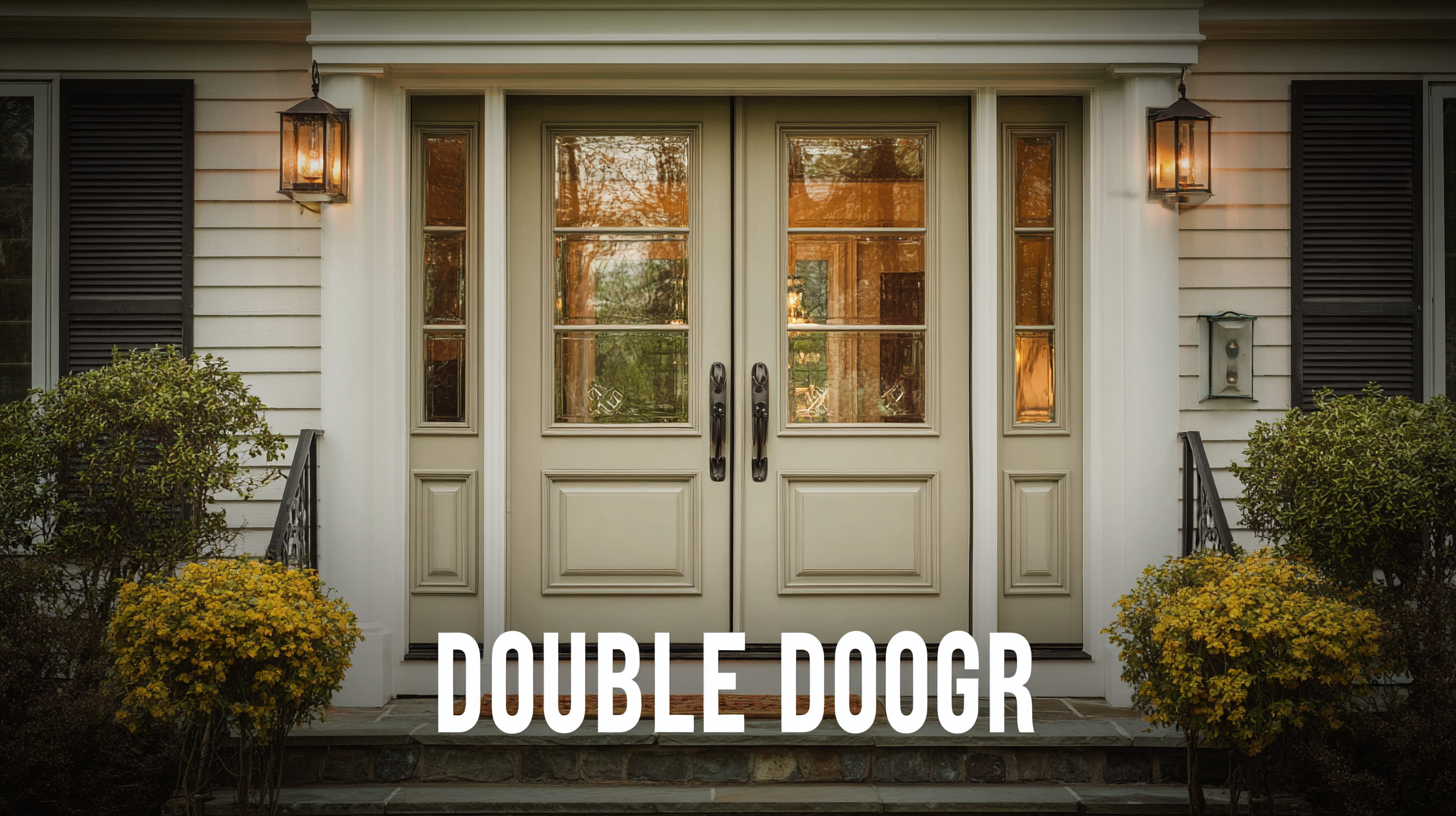
Common Issues with Double Door Designs and How to Address Them
When choosing a double door front door for your home, it's essential to be aware of common issues associated with double door designs.
One prevalent issue is misalignment, which can lead to difficulties in opening and closing the doors. To address this, ensure that the door frame is level during installation.
An experienced contractor can help identify any structural adjustments needed to prevent these issues.
Another concern is security, as double doors may seem more vulnerable than single doors.
Consider installing high-quality deadbolts and a smart lock system to enhance security. Additionally, ensure that the door’s material is sturdy, opting for solid wood or fiberglass over hollow options for better protection against break-ins.
Lastly, energy efficiency is crucial. Double doors can sometimes create air leaks, leading to increased energy bills.
To combat this, use weather stripping and proper insulation techniques. Choose doors with Energy Star ratings to ensure that you're investing in options that will help maintain your home's temperature while reducing energy costs.
Material Durability: Identifying Weaknesses in Double Front Doors
When choosing a double door front door, material durability is paramount. Homeowners often overlook the weaknesses associated with various materials, which can ultimately affect the security and longevity of their doors. Common materials like wood, fiberglass, and steel each present unique vulnerabilities. For instance, while wooden doors provide a classic aesthetic, they are susceptible to warping, rot, and insect damage if not properly maintained. This makes them less reliable in harsh weather conditions and can lead to costly repairs over time.
On the other hand, fiberglass doors offer impressive durability and resistance to the elements, yet they can still be prone to fading and cracking if exposed to extreme sunlight without proper UV protection. Steel doors are another popular choice due to their sturdy construction; however, they can be vulnerable to dents and rust if the protective coating is compromised. Understanding these material weaknesses is crucial for homeowners, as it allows them to make informed decisions that align not only with their design preferences but also with practical considerations for security and maintenance.
Material Durability of Double Door Front Doors
Evaluating Security Concerns: Weak Points in Double Door Systems
When considering the security of double door systems, it's essential to identify potential weak points that intruders may exploit. One of the most vulnerable areas is the center of the doors where they meet. Many double doors rely on a simple latch mechanism, which can be easily forced open. To enhance security, homeowners should opt for models featuring a robust deadbolt system that secures both doors together at the center, making it significantly harder for intruders to gain access.
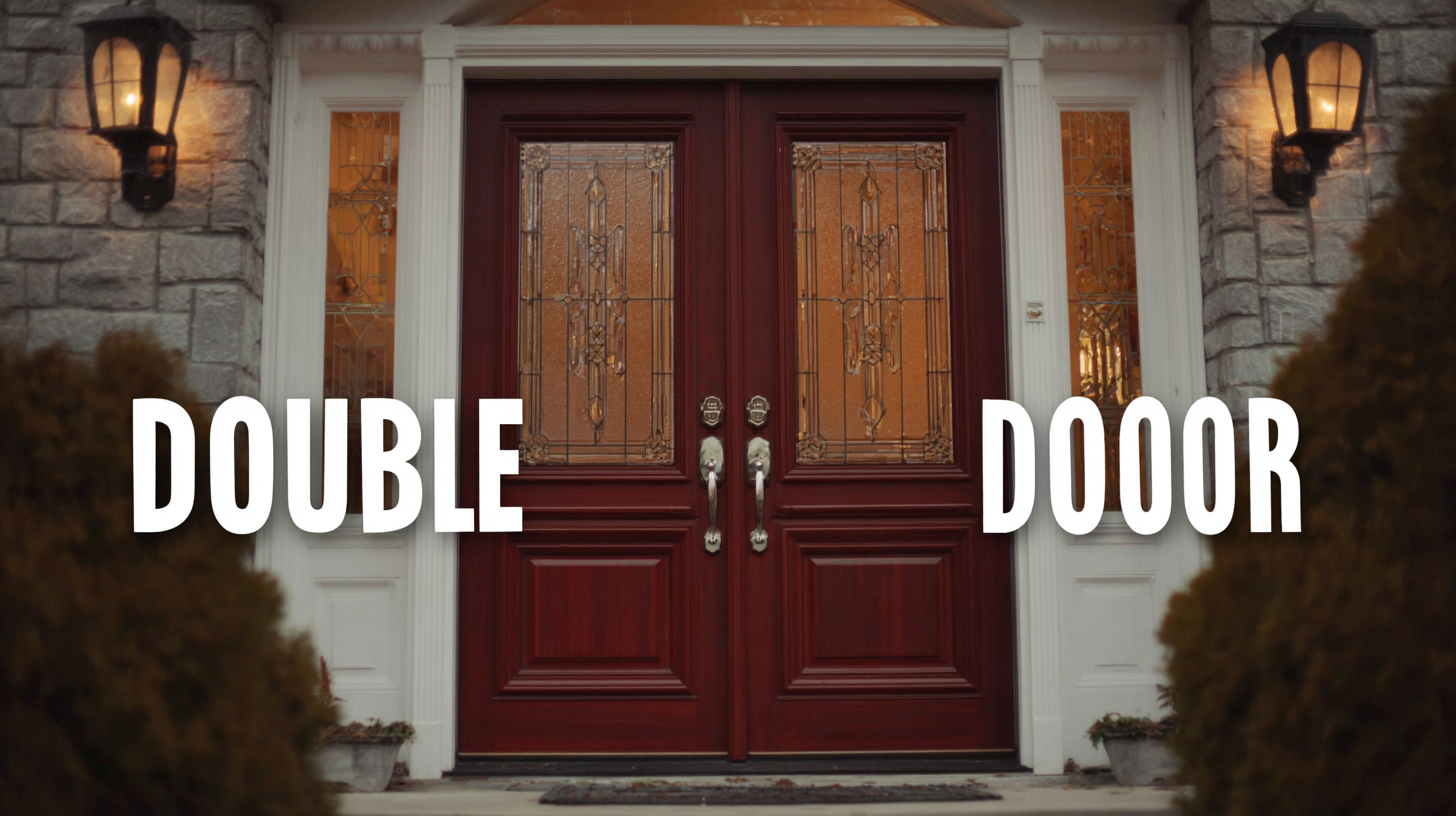
Another critical aspect to evaluate is the frame and locks used in double door installations. Double doors often require a reinforced frame to withstand force. Standard frames may not provide adequate support, leading to an increased risk of break-ins. Additionally, it’s advisable to select high-quality locks that have been tested for durability and pick resistance. Installing a secondary locking system, such as a keyless entry pad or a sliding bolt, can further bolster security. By carefully assessing these weak points and investing in a quality double door system, homeowners can ensure they are taking proactive measures to protect their property.
Weather Resistance: Challenges Faced by Double Door Front Doors
When selecting the best double door front door, one of the primary considerations is weather resistance. According to a report by the American Architectural Manufacturers Association (AAMA), nearly 70% of homeowners cite weather durability as a critical factor in their purchasing decisions. Double doors are particularly vulnerable to the elements, given their larger surface area, which can lead to higher susceptibility to wind, rain, and temperature fluctuations.
To combat these challenges, it's essential to look for doors constructed from materials specifically designed for exterior use. Fiberglass and steel doors, for instance, offer superior weather resistance compared to traditional wood doors. The National Association of Home Builders (NAHB) states that fiberglass doors can endure extreme climates without warping or cracking, and they are inherently resistant to rust and corrosion. Additionally, installing high-quality weatherstripping and ensuring proper sealing can enhance a double door’s ability to withstand harsh weather conditions, ultimately improving energy efficiency and home comfort.
Ultimate Guide to Choosing the Best Double Door Front Door for Your Home - Weather Resistance: Challenges Faced by Double Door Front Doors
| Material | Weather Resistance Rating | Common Challenges | Maintenance Requirements |
|---|---|---|---|
| Fiberglass | High | Expansion/Contraction | Minimal; Clean regularly |
| Wood | Medium | Warping, Cracking | Regular sealing & painting |
| Steel | High | Rusting | Paint touch-ups needed |
| Aluminum | Medium | Denting | Occasional cleaning |
Installation Pitfalls: Common Errors When Setting Up Double Doors
When installing double doors, one common pitfall is improper measurements. It's crucial to ensure that the rough opening is the correct size to accommodate the double door unit. A gap that is too wide can lead to drafts and energy loss, while a snug fit might cause issues with opening and closing. Always double-check your measurements before proceeding with installation, and remember to consider the thickness of trim and flooring which can affect the final fit.
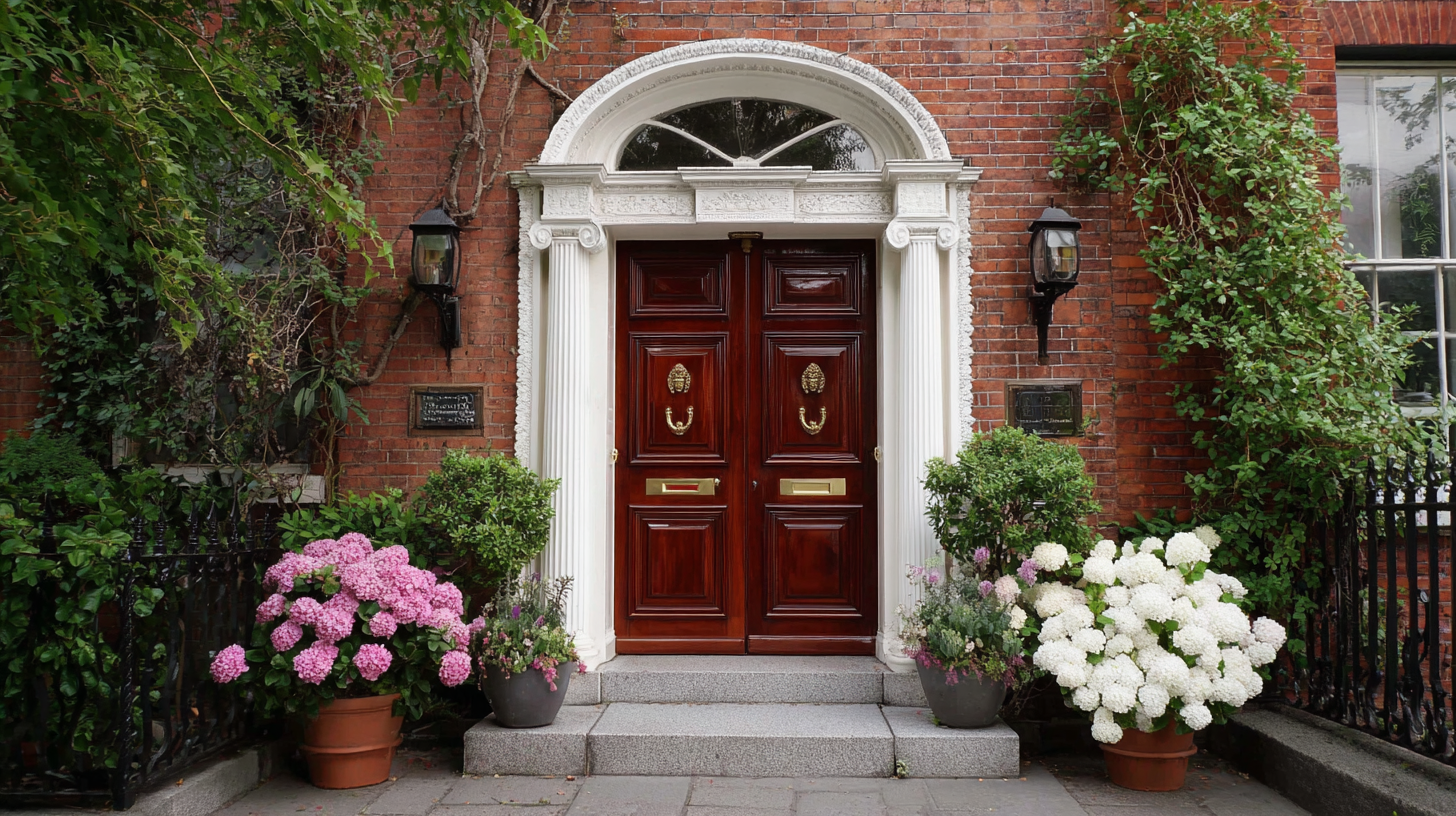
Another frequent error occurs during the alignment of the doors. If the doors are not level or plumb, they may not operate smoothly, causing frustration and wear over time. To avoid this, use a level during installation and make necessary adjustments with shims to ensure that both doors hang evenly. Additionally, paying attention to the hinges is vital; they should be installed securely to support the weight of the doors and maintain their stability. A little extra care in this step can prevent future malfunctions.
